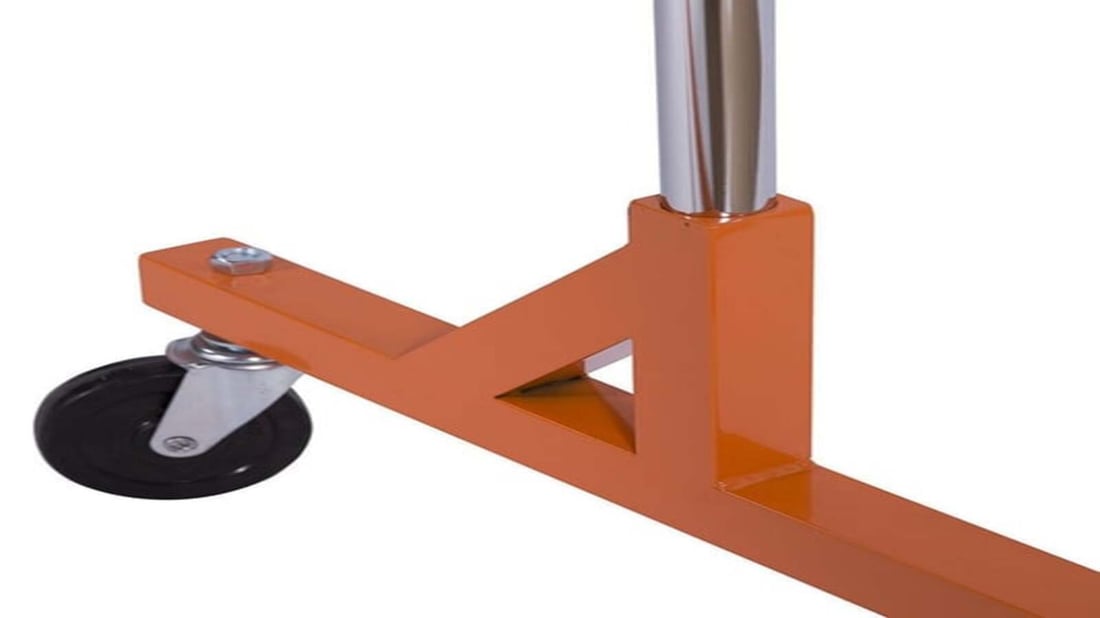Maximizing Space Efficiency
When it comes to
retail store shelves and displays, maximizing space efficiency is crucial. Retailers must carefully plan and strategize how to organize their products on shelves to make the most of their store space. Utilizing shelving units that are adjustable and versatile can help retailers display a variety of products in an organized and visually appealing manner.
Enhancing Product Visibility
One of the primary goals of retail store shelves and displays is to enhance product visibility. By strategically placing products on shelves at eye level or using attractive displays to draw attention, retailers can increase the likelihood of customers noticing and purchasing their products. Eye-catching signage, lighting, and color schemes can also play a significant role in enhancing product visibility.
Creating a Cohesive Brand Experience
Creating a cohesive brand experience through retail store shelves and displays is essential for enhancing customer loyalty and brand recognition. Retailers can use consistent branding elements such as colors, logos, and fonts to create a unified look across all shelves and displays in their store. This consistent branding helps customers easily identify and connect with the retailer's brand.
Increasing Sales Through Cross-Promotion
Cross-promotion is a powerful strategy that retailers can use on their store shelves and displays to increase sales. By strategically placing complementary products together on shelves or creating cross-promotional displays, retailers can encourage customers to purchase more items. This strategy not only boosts sales but also helps customers discover new products they may be interested in.
Utilizing Technology for Interactive Displays
Innovative retailers are incorporating technology into their store shelves and displays to create interactive and engaging experiences for customers. Touchscreen displays, augmented reality features, and digital signage can all be used to provide customers with product information, recommendations, and even virtual try-on experiences. These interactive displays can enhance the overall shopping experience and drive sales.
Optimizing Merchandising Strategies
Effective merchandising strategies are key to the success of retail store shelves and displays. Retailers should regularly evaluate and optimize their merchandising strategies to ensure that products are displayed in a way that maximizes sales and customer engagement. By analyzing sales data, customer feedback, and industry trends, retailers can continually improve their merchandising tactics.
Implementing Sustainable Shelving Solutions
In today's environmentally conscious world, retailers are increasingly turning to sustainable shelving solutions for their store displays. Utilizing eco-friendly materials, such as bamboo or recycled plastic, can help retailers reduce their environmental impact while still creating attractive and functional displays. Implementing sustainable shelving solutions can also appeal to eco-conscious customers.
Enhancing the In-Store Shopping Experience
The layout and design of retail store shelves and displays play a significant role in enhancing the in-store shopping experience for customers. By creating well-organized, visually appealing displays that are easy to navigate, retailers can make the shopping experience more enjoyable and convenient for customers. This can lead to increased customer satisfaction and loyalty.
Utilizing Data-Driven Insights
Data-driven insights are invaluable for retailers looking to optimize their retail store shelves and displays. By analyzing data on customer behavior, sales trends, and product performance, retailers can make informed decisions about how to set up their shelves and displays for maximum impact. By leveraging data-driven insights, retailers can increase sales and improve the overall shopping experience for customers.
Adapting to Changing Consumer Preferences
Consumer preferences are constantly evolving, and retailers must be ready to adapt their store shelves and displays to meet these changing preferences. Whether it's incorporating new technologies, updating product offerings, or refreshing the store layout, retailers need to stay agile and responsive to ensure they are meeting the needs and expectations of their customers.
Quote Inquiry
Contact us

